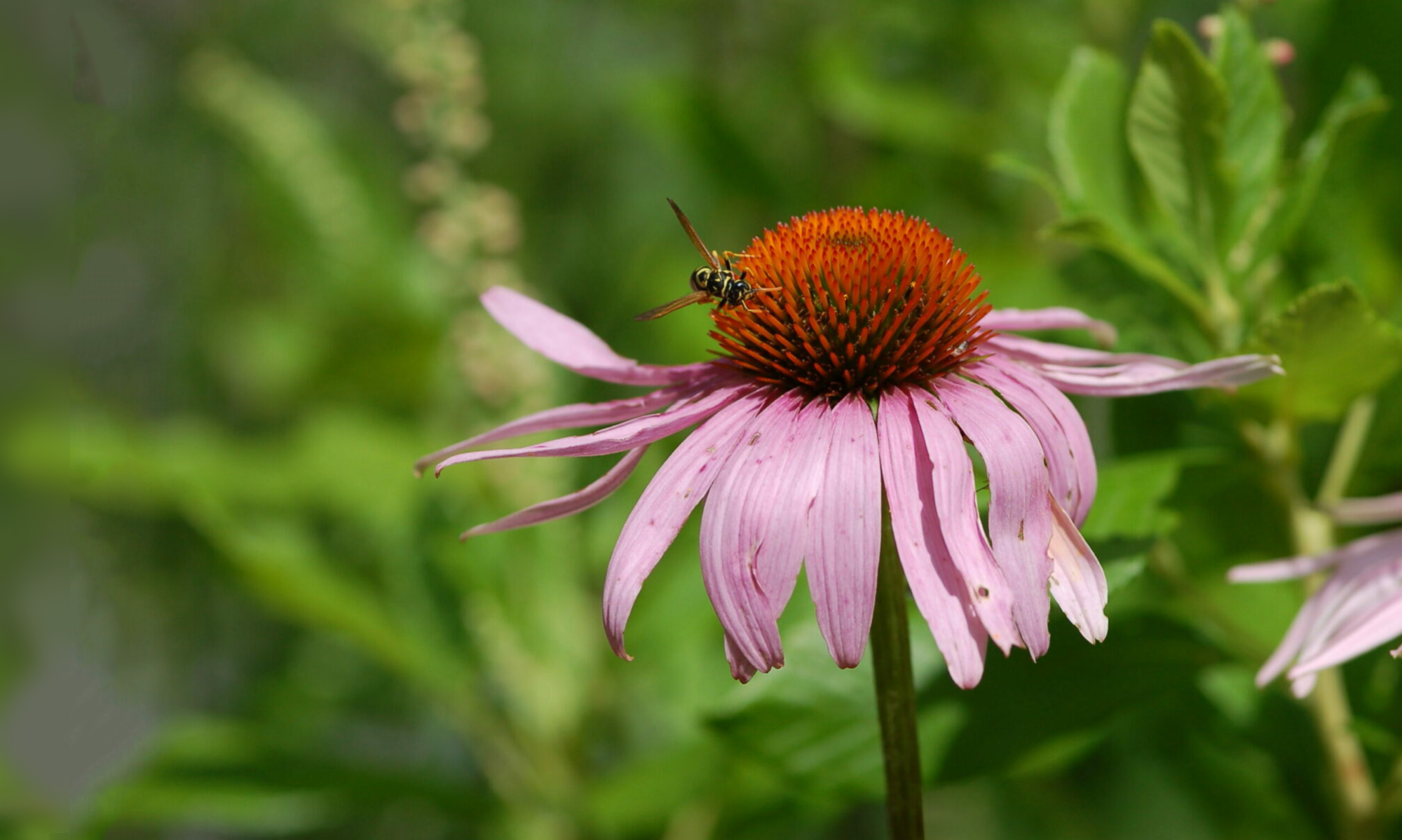
Last week, Erica Zappy, the editor of my ‘Scientists in the Field’ books at Houghton Mifflin sent me and author Pamela S. Turner, a link to this video of a dolphin in distress approaching divers in Hawaii, apparently for help. “What to you guys make of this?” she asked.
Pam is an experienced scuba diver, and has just written a new SITF book, THE DOLPHINS OF SHARK BAY. This is what she had to say about the video.
I’ve written a book about ocean trash, and so my thoughts got a bit preachy. But I stand by them. How can the average at-home viewer do anything for that poor dolphin? By changing the way you think about plastic, by making tough decisions about when to use it. By getting real, refusing that plastic straw, and drinking your restaurant soda directly from a glass.
In a beautiful coincidence, I had an email over the weekend from a woman I’d never met, but who is doing work I admire. Sara Bayles has taken the ocean plastic issue into her own hands. Literally. For 365 non-consecutive days, twenty minutes at a time, she has cleaned thousands of pounds of trash off the beach near her home. And she has inspired people around the world to start doing the same thing. Visit Sara’s blog and her website and you are very likely to be inspired, too. In Sara’s words: “One person makes a difference. That one person is you. Together we are an unstoppable solution.”
Amen to that.
(A word on the photo: My friend Betty Jenewin took this photo on Grayland Beach in California when I was writing and researching TRACKING TRASH.)








